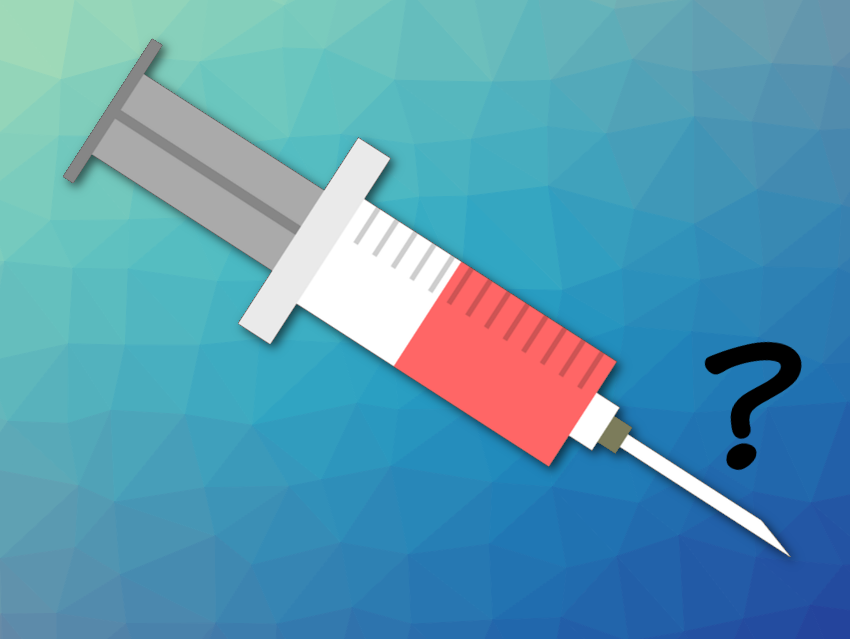EMA’s human medicines committee (CHMP) has started a ‘rolling review’ of data on two vaccines for COVID-19: One is being developed by the company AstraZeneca, Cambridge, UK, in collaboration with the University of Oxford, UK, the other by BioNTech, Mainz, Germany, in collaboration with Pfizer, NY, USA (see more details on COVID-19 vaccines).
The start of the rolling review means that the committee has started evaluating the first batch of data on these vaccines. These come from laboratory studies, non-clinical data. This does not mean that a conclusion can be reached yet on the vaccines’ safety and effectiveness, as much of the evidence is still to be submitted to the committee.
Large-scale clinical trials involving several thousands of people for these (and other vaccines) are ongoing. Thier results will become available over the coming weeks and months and will provide information on how effective the vaccines are in protecting people against COVID-19. All the available data on the safety of the vaccines, their quality such as its ingredients and the way it is produced will be reviewed. The rolling review will continue until enough evidence is available to support a formal marketing authorization application.
How Are The Vaccines Expected To Work?
The vaccines are expected to work by preparing the body to defend itself against infection with the coronavirus SARS-CoV-2. This virus uses proteins on its outer surface, called spike proteins, to enter the body’s cells and cause disease.
COVID-19 Vaccine AstraZeneca
COVID-19 Vaccine AstraZeneca is made up of another virus of the adenovirus family that has been modified to contain the gene for making the SARS-CoV-2 spike protein (viral vector). The adenovirus itself cannot reproduce and does not cause disease.
Once it has been given, the vaccine delivers the SARS-CoV-2 gene into cells in the body. The cells will use the gene to produce the spike protein. The person’s immune system will treat this spike protein as foreign and produce natural defenses—antibodies and T cells—against this protein. If, later on, the vaccinated person comes into contact with SARS-CoV-2, the immune system will recognize the virus and be prepared to attack it: antibodies and T cells can work together to kill the virus, prevent its entry into the body’s cells and destroy infected cells, thus helping to protect against COVID-19. (see more on Immune Response)
BNT162b2
BNT162b2 produced by BioNTech and Pfizer, contains the genetic instructions (mRNA) for the spike protein and is covered in small fats (lipid particles) that prevent the mRNA from being degraded. Once the vaccine has been administered, the procedure described above is repeated.
What Is A Rolling Review?
A rolling review is one of the regulatory tools that EMA uses to speed up the assessment of a promising medicine or vaccine during a public health emergency. Normally, all data on a medicine’s effectiveness, safety, and quality and all required documents must be submitted at the start of the evaluation in a formal application for marketing authorization.
In the case of a rolling review, EMA’s human medicines committee (CHMP) reviews data as they become available from ongoing studies before a formal application is submitted. Once the CHMP decides that sufficient data are available, the formal application should be submitted by the company. By reviewing the data as they become available, the CHMP can reach its opinion sooner on whether or not the medicine or vaccine should be authorized.
The rolling review process has been used previously in the assessment of the COVID-19 medicine Veklury (remdesivir).
- European Medicines Agency (EMA), Amsterdam, The Netherlands
Also of Interest
- Collection: SARS-CoV-2 Virus
What we know about the new coronavirus and COVID-19




